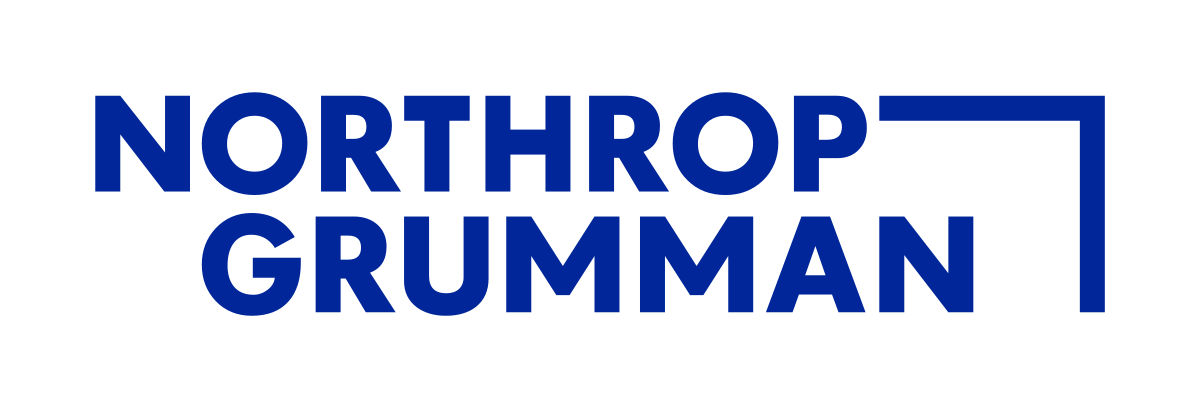Competition Guide
Mars Rover
Design a Mars Rover with the ability to collect a soil sample that is packaged in a container to be launched on a rocket to at least 1000 feet and less than 2000 feet. At peak altitude, deploy the rover in its container to descend at less than 25 feet/sec. The container shall transmit telemetry at a 1 Hz rate containing altitude, acceleration, rover temperature and battery voltage from launch to landing.
Once landed, the team will locate the rover in its container and rocket and return both to the judge for inspection. The rover container must remain closed. The team shall then carry the container to the judges station and remove the rover.
Teams will place their rover in an arena at some position specified by the judge. The team will send a sequence of multiple commands to navigate to a sandy area and collect a sample of the sand. There will be obstacles to maneuver around. The fewer number of navigation commands, the higher the score. Sensors are allowed in supporting the navigation except for GPS.
Deployable Sensor Payload Event
Design a payload and rocket to launch, using a commercial G rocket engine, to at least 700 feet and no more than 1200 feet and have the payload deploy from the rocket at peak altitude. The payload shall descend on a parachute at no more than 15 feet/sec. At 75% maximum altitude, the payload shall release the nose cone so it will fall gently at a rate of less than 15 feet/sec. With the nose cone released, the payload shall expose a camera and capture video of the ground as it descends. The payload shall transmit telemetry consisting of air pressure, altitude, acceleration, payload temperature, and rotation rate starting when placed on the launch pad until landing.
The ground station shall capture the data transmitted from the payload and display the sensor data in real time. The ground station shall calculate the descent rate based on the telemetry received. The video shall be played back for the judge after retrieving the payload and rocket.
The ground station shall capture the data transmitted from the payload and display the sensor data in real time. The ground station shall calculate the descent rate based on the telemetry received.
Target Altitude Event
Design and build a rocket to reach 801 feet using a commercial F motor. The vehicle must carry a commercial altimeter. The rocket shall use only tube fins.
The vehicle must safely recover and be in condition to be flown again. The team must perform two successful flights of the same rocket meeting all the requirements out of three attempts. At least two attempts must meet the requirements or be disqualified. The team with the closest altitude to 801 feet wins.
The rocket must be test flown before any qualification attempts. 3D printing is allowed.







